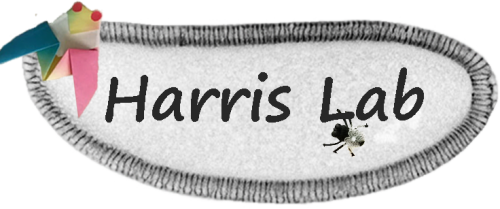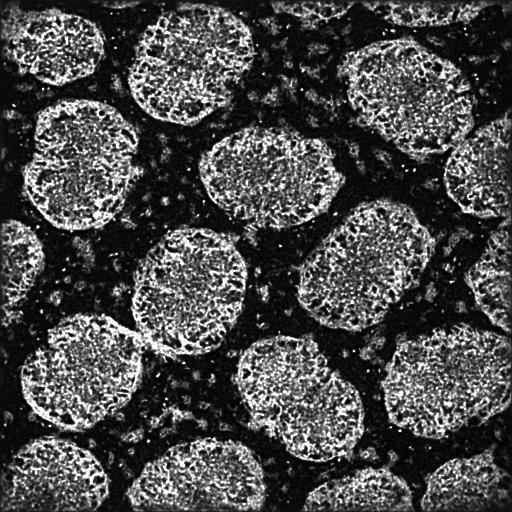The Harris lab studies how cells and tissues are built. Using the Drosophila embryo as a model system, our core approach is to manipulate molecules with genetics and to visualize effects on molecular complexes, cells and tissues using spinning disk confocal microscopy. We investigate how cytoskeletal networks form and function to shape cells and tissues, studying specific molecular regulators of these networks as well as how distinct networks impact each other, the cell cortex, and cell-cell adhesion complexes for multicellular development. This research pursues the roles of well-conserved proteins for broadly relevant cellular and developmental mechanisms. We investigate questions of cell polarity (how pathways direct assembly of molecular materials to particular locations of the cell), self-organization (how molecular control circuits amplify or downregulate complex formation), and emergent, multi-scale effects (how the positioning and activities of molecular materials induce physical changes to whole cells or tissues).
Since 2006 (to 2018), Harris lab members have published 18 first-author research articles in Developmental Cell, Current Biology, Journal of Cell Biology, Development, Journal of Cell Science, Molecular Biology of the Cell, Genetics, and PLoS One. Our research is enhanced by important collaborations; with Profs Rodrigo-Fernandez-Gonzalez (UofT) for laser ablations and image analyses, Stephane Angers (UofT) for mass spectrometry, James Feng (UBC) for mathematical modeling, and Ashley Bruce (UofT) for testing conservation of mechanisms in a vertebrate model, zebrafish.
Our fundamental research program is relevant to human diseases, regenerative medicine, bioengineering, and materials science. It also trains undergraduates and postgraduates for scientific positions in academia, the public sector, and industry, as well as scientific publishing, teaching and other professions.





